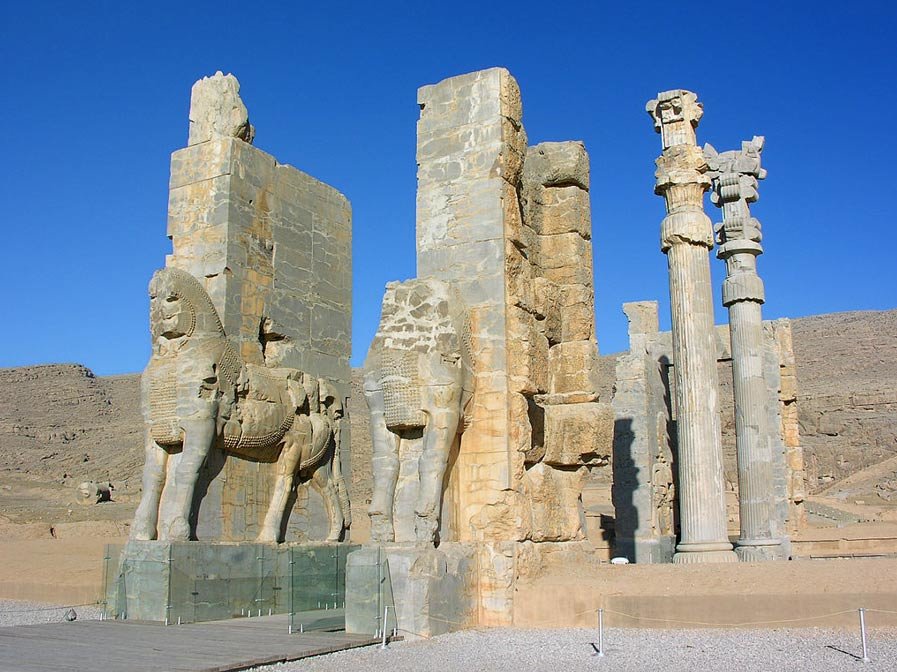OF THE
TIMES
Someone will have to explain to me who had the authority to grant a handful of billionaires the run of our planet. Bored billionaires I might add....
They're going to have to be quick, to get this in place before the entire collapse of society, which isn't very far off.
"Collective 'Common Enemy" [Link]
Exactly; well written article.
Only anti-semitic violence is forbidden. All other violence is acceptable, according to the Blob.
To submit an article for publication, see our Submission Guidelines
Reader comments do not necessarily reflect the views of the volunteers, editors, and directors of SOTT.net or the Quantum Future Group.
Some icons on this site were created by: Afterglow, Aha-Soft, AntialiasFactory, artdesigner.lv, Artura, DailyOverview, Everaldo, GraphicsFuel, IconFactory, Iconka, IconShock, Icons-Land, i-love-icons, KDE-look.org, Klukeart, mugenb16, Map Icons Collection, PetshopBoxStudio, VisualPharm, wbeiruti, WebIconset
Powered by PikaJS 🐁 and In·Site
Original content © 2002-2024 by Sott.net/Signs of the Times. See: FAIR USE NOTICE

.....Tanakh is a complete fiction and kings David and Solomon did not exist.
Have King Solomon's Mines really been discovered? Yes, indeed. In fact, they have been known about for centuries, and modern archaeological work on them started way back in the early 19th century. But the site’s true significance has never been realized before, and so their role in biblical and popular history has never been fully understood. And that lacuna in our understanding has stemmed from one fundamental problem—we still do not know who King David and King Solomon really were, nor where their capital city was. And so before we can find the legendary gold mines of these famous monarchs, we need to find their true identity. - See more at: [Link]